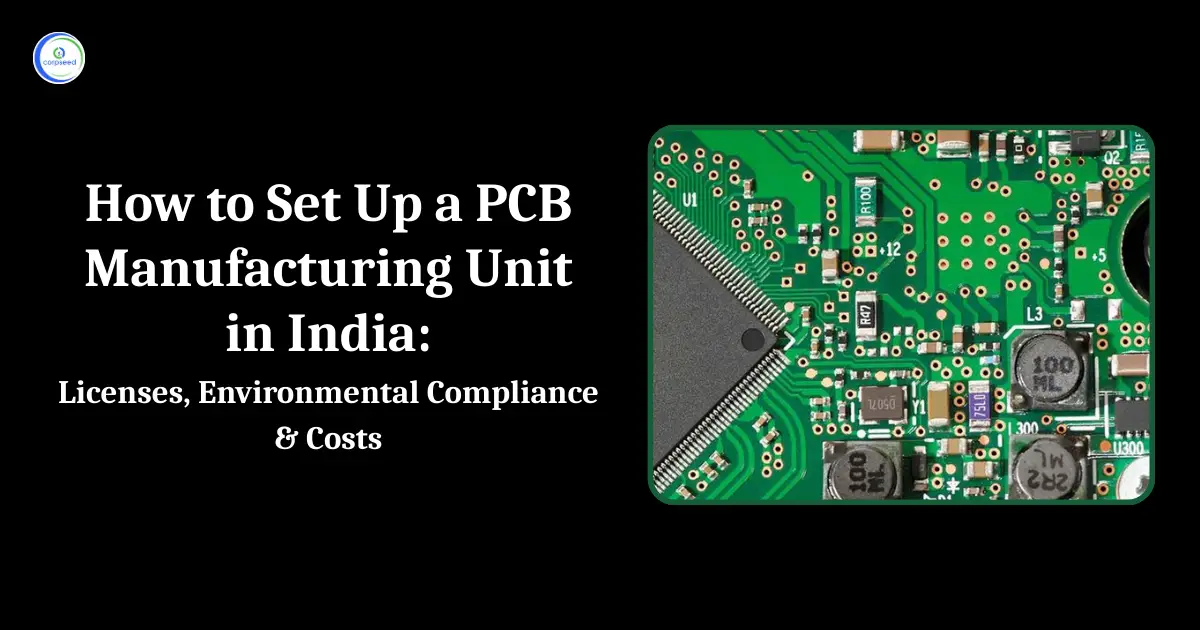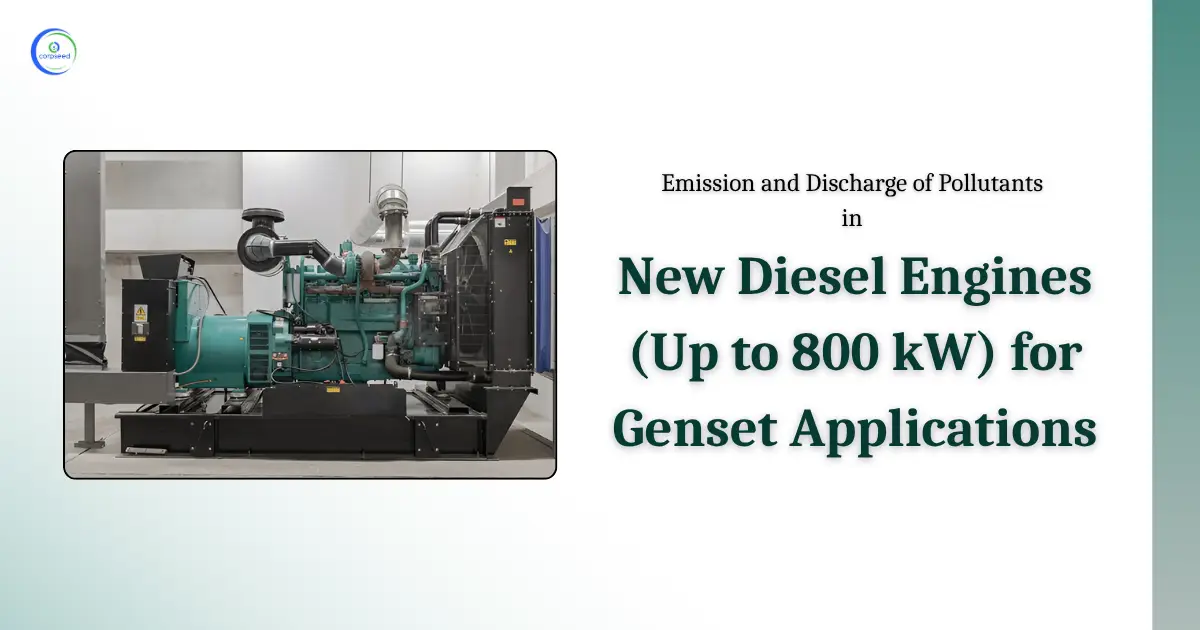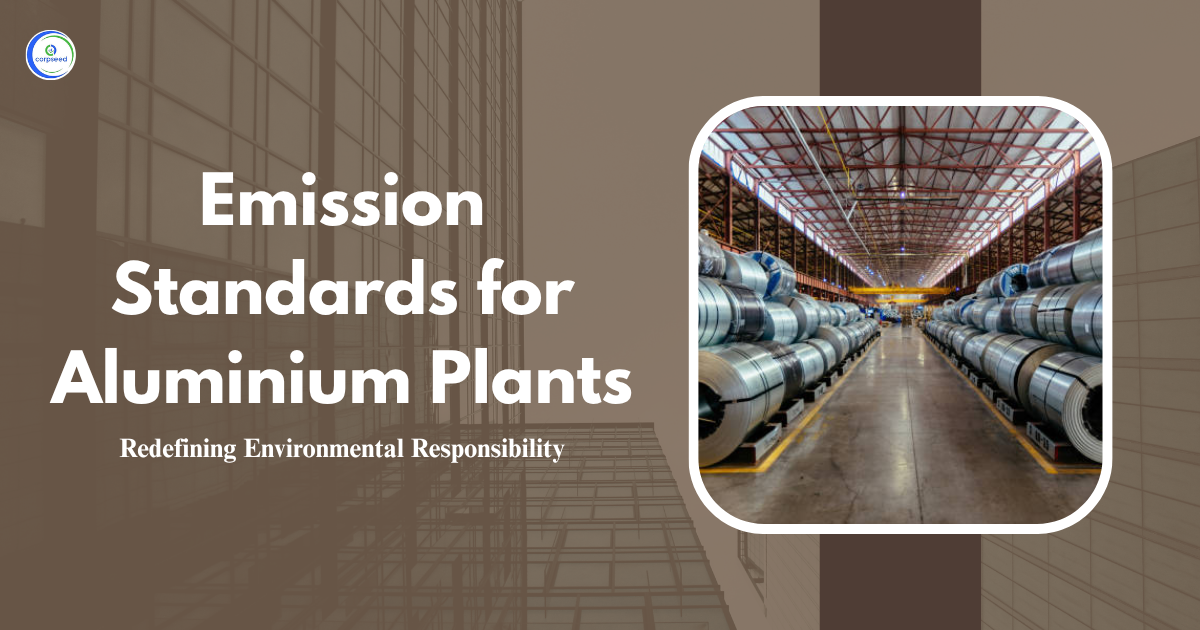Diesel engines with engine ratings greater than 0.8 MW (800 KW) are widely used in power plants and generator sets. However, without appropriate emission standards for diesel engines, these large engines can discharge harmful pollutants affecting air quality and public health. The Environment (Protection) Act, 1986, with amendment rules of 2002, gives clear standards for emissions or discharge of environmental pollutants from such diesel engines, ensuring cleaner operations and sustainable industrial development.
Table of Contents
Understanding the Environmental Protection Rules, 1986
The Environment (Protection) Act, 1986 is an important legislation that empowers the Central Government of India to regulate and implement environmental protections. Under this Act, the Environment (Protection) Third Amendment Rules, 2002 was introduced to address the emission standards specifically for diesel engines ratings more than 0.8 MW (800 KW). These regulations offer a framework to limit the emissions of harmful pollutants such as particulate matter, nitrogen oxides, carbon monoxide, and non-methane hydrocarbons from diesel-powered appliances.
These regulations allocate responsibilities to the Central Pollution Control Board (CPCB) and respective State Pollution Control Boards (SPCBs) to monitor and ensure compliance, especially for large power plants and generators. Emission standards differ on the basis of the location (classified as Area A or B), fuel type, and engine classification, highlighting sustainable industrial development while reducing environmental impact.
--------------Blog Contact Form-------------
Environmental Pollutants from Diesel Engines
Diesel engines emit numerous pollutants that can affect both the environment and human health. Controlling these pollutants is crucial for cleaner air, reduced health risks, and compliance with national environmental goals. Key pollutants include:
- Particulate Matter (PM): Tiny particles that cause respiratory problems and contribute to air pollution.
- Oxides of Nitrogen (NOx): Gases that contribute to smog formation and acid rain.
- Carbon Monoxide (CO): A toxic gas harmful when inhaled.
- Non-Methane Hydrocarbons (NMHC): Organic compounds contributing to ground-level ozone.
- Sulfur Dioxide (SO2): Causes acid rain and respiratory issues, mainly from sulfur content in fuels.
Benefits of Emission Standards
Implementing emission standards provide numerous benefits that not only profit the environment but also public health and industry sustainability:
- Improved Air Quality: By mitigating harmful emissions such as nitrogen oxide and carbon monoxide, emission standards significantly reduce the concentration of pollutants in the atmosphere. It leads to cleaner, healthier air in both urban and rural areas, enhancing overall environmental quality.
- Health Protection: Minimizing emissions reduces the occurrence of respiratory diseases such as asthma and bronchitis, cardiovascular problems, and other health conditions that are caused by air pollution. Safeguarding public health mitigates healthcare costs and enhances quality of life for communities.
- Environmental Conservation: Emission limits help avoid the formation of acid rain, which can harm forests, lakes, and soil. They also minimizes pollutants that contribute to the depletion of the ozone layer and global climate change, helping protect ecosystems and biodiversity.
- Compliance with Legal Requirements: Compliance to established emission standards ensures that industries avoid fines, sanctions and operational closures enacted by regulatory agencies. It promotes a culture of accountability and supports long-term sustainable industrial practices linked to government policies.
- Enhanced Public Awareness and Innovation: Emissions regulations boost industries to invest in cleaner, more proficient technologies and fuels. It drives innovation, minimizes environmental impact, and increases awareness among businesses and the public about the significance of controlling pollution for a sustainable future.
Diesel Engines Emission Standards
The emission standards for diesel engines with ratings above 0.8 MW were notified under the Environment (Protection) Third Amendment Rules, 2002. These standards include:
- Area Classification:
- Category A: Urban areas with populations over 10 lakhs plus up to 5 km beyond city limits.
- Category B: Areas outside Category A.
- Fuel Use: Only approved liquid fuels such as High-Speed Diesel, Light Diesel Oil, Low Sulphur Heavy Stock, and Furnace Oil with equivalent specifications are permitted.
- Emission Limits: The standards regulate particulate matter, oxides of nitrogen, carbon monoxide, and non-methane hydrocarbons at specified limits. Measurements are standardized at 25°C, 1.01 kPa pressure, and zero percent moisture.
- Stack Height: For new or expansion projects, stack height requirements depend on total SO2 emissions from the existing and new loads to enhance pollutant dispersion.
- Multi-engine Plants: Flues must be grouped for better plume rise and dispersion, with provisions for future expansions considered during planning.
- Monitoring Requirements:
- Continuous monitoring of NOx is mandatory for plants with total engine capacity above 50 MW.
- Other parameters require monitoring at least biannually.
The standards exclude engines rated at 800 KW or below and delegate enforcement to the SPCBs and Pollution Control Committees based on jurisdiction.
Also Read: What are the Standards for Emission or Discharge of Environmental Pollutants for Paint Industry
Monitoring and Reporting
Regular monitoring and precise reporting is important to maintain compliance with emission standards of large diesel engines. Emission testing should be carried out at stable loads exceeding 85% of the rated capacity using specific methods approved by the Central Pollution Control Board (CPCB). The collected data is submitted to the respective State Pollution Control Boards (SPCBs) for review and implementation. For plants with higher capacity, constant emission monitoring systems (CEMS) are compulsory to deliver real-time tracking of pollutants such as nitrous oxide. Maintaining detailed records of all monitoring activities ensures transparency and supports compliance audits. These processes help spot any non-compliance promptly, allowing timely corrective action that minimizes environmental pollution and safeguard public health.
Conclusion
Emission standards for diesel engines above 0.8 MW play an important role in controlling pollution from power plants and generator sets. The Environment (Protection) Act, 1986, with subsequent amendments, to limit harmful pollutants, safeguard public health, and encourage clean industrial activities. Compliance with these standards collaborated with effective monitoring of CPCBs and SPCBs ensures a sustainable balance between industrial development and environmental protection. Adopting these standards not only protects the environment but also aligns with global efforts to mitigate emissions and combat climate change.
This portion of the site is for informational purposes only. The content is not legal advice. The statements and opinions are the expression of author, not corpseed, and have not been evaluated by corpseed for accuracy, completeness, or changes in the law.
BOOK A FREE CONSULTATION
Get help from an experienced legal adviser. Schedule your consultation at a time that works for you and it's absolutely FREE.







_Corpseed.webp)
.webp)
